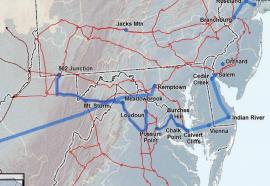Green Quagmire
The black art of pricing social costs.
At the Power-Gen International trade show in December, Questar Chairman & CEO Keith Rattie delivered a firebrand speech opposing the prospect of CO2 cap-and-trade legislation. To summarize, he said the Waxman-Markey climate bill is an “asinine” piece of legislation—which it is, as anyone who reads it quickly discovers. But more broadly, he said concerns about greenhouse gases (GHG) are based on incomplete science and politically motivated alarmism.




